The content of the article
Everyone knows how clean cats are. Surely everyone at least once saw how thoroughly the animals lick themselves. But there is one hygienic procedure that is not subject to any member of the cat family. This is ear cleaning. Meanwhile, some breeds, due to their physiological characteristics, often suffer from excessive sulfur production. Therefore, the owners should help their pet.
How to clean your cat’s ears at home? You can’t just wipe the pet’s ear with a cotton swab. This will not bring the desired result, but only give the purr discomfort. Now we find out all the subtleties and tricks of cat hygiene.
General rules
The most common fear of the owners is the fear of damaging the eardrum to the cat when cleaning its ears. This is anatomically impossible, no matter how hard you try. But zeal is also not worth it, otherwise you can hurt the animal.
Twisting cotton buds on their own is not recommended. You cannot say with absolute certainty that you wound the cotton wool perfectly, and do not damage the cat’s delicate skin of the ears. Better use factory-made cotton swabs.
Do not try to use a solution of boric acid, alcohol or hydrogen peroxide to clean your cat's ears! These liquids greatly dry the delicate skin of the pet, then itching and peeling occurs. The cat will scratch its skin with its claws, which is fraught with infection. In addition, then the ear will produce a much larger amount of sulfur, trying to replenish the fat balance. Sores, sores may appear.
Veterinarians recommend purchasing special gels, drops and cleansing lotions for the procedure at home. By the way, the latter are sold in every pharmacy for animals and are very affordable. A bottle is enough for a long time.
What else is useful for the procedure? Thick towel or plaid. Perfectly replaced by an assistant with strong hands. The fact is that if you do not accustom your cat to ear cleaning since childhood, then it is unlikely that she will sit quietly during the procedure. Yes, and animals accustomed to such an intervention often leave marks on the owner's skin. Therefore, if you are going to clean your cat’s ears yourself, we recommend that you swaddle the animal in a towel. Pay special attention to the front legs, because the rear legs will not bring much harm. Or ask the household to hold the animal. By the way, you will have to hold not only paws, but also your head. Otherwise, the cat may twitch at an inopportune hour, which is fraught with various ear injuries if you do not have time to react in time.
It is better to sit in an armchair or on the couch. All necessary tools and materials should be at arm's length, but so that the cat could not throw them to the floor, breaking free. Believe me, and she will do it. Therefore, put everything on a table or bedside table near the place of your deployment. Have you prepared? Let's get started.
We clean the ears of the cat at home
Catch the cat. Swaddle tightly, trying to press the front paws to the body. Don’t strangle her, scare her! Talk all the time with an animal gentle voice, scratch behind the ear, iron. Sit in a chair. Place the bundle with the pussy on your lap so that it lies on its side. I hope cotton buds and lotion are already made? Good.
Tip. It is better to pour the selected liquid for cleaning cat's ears in advance into the bottle cap or other small container. So it will be much more convenient for you to dip a cotton swab into it than in the process of trying to drip directly from the bottle.
Procedure:
- Gently turn the cat’s auricle outward. Like earflaps.Do not be afraid, such a maneuver will not hurt the animal.
- Dip a cotton swab into the lotion and gently remove visible dirt and secretions.
- Movements must be strictly from the inside out! Otherwise, push sulfur into the ear canal.
- Do not rub with pressure if the dirt is not removed in one motion.
- Often change the wand to a clean one, gradually the dust and sulfur will soften and rub off effortlessly.
Do not try to stick your wand deep into the cat’s ear. Clean only what you see with your eyes. Everything that is in the depths will gradually come out by itself. And you remove it during the next procedure.
Turn the cat on its other side and repeat all the steps. At the end of the procedure, carefully unfold the cat and caress it. Be sure to praise the pet for patience.
How often to clean your cat’s ears
It all depends on many factors. For example, lop-eared pets collect much more dirt than lop-eared ears. Walking freely on the street - respectively, more than completely home.
Veterinarians advise you to do this: do not climb the cat’s ears strictly according to the schedule, because all kinds of circumstances happen. Just periodically look into the pet’s auricle. Did you see the dirt? So it's time to do hygiene. Is the ear clean? Leave the animal alone for now.
Important! Hairless representatives of the cat family require a fairly frequent cleaning of the ears. The fact is that they do not have villi in the auricle that prevent dust and dirt from getting inside.
Some helpful suggestions
Do not pour cleaning fluid directly into the cat’s ear. It will not hurt, but not enough pleasant. Plus, any pet is already nervous when they make strange manipulations with the ears, and then they poured something.
Do not use plain water or any kind of oil to clean your cat’s ears at home. With water, you will rub dirt and dust for a very long time, and the oil is very poorly washed off the skin. It will not bring harm, but why is it for a cat in the ear?
Teach your cat a hygiene procedure since childhood. Of course, she will not like such interference in her personal space, but at least she can patiently endure it without your bloodshed.
Some sources indicate the exact number of cotton buds and drops of lotion on each ear. This is strange, given how different the breeds and conditions of the animals are in different families. Do not average or save on your pet. Prepare cotton buds with a margin, do not be greedy. If they stay, they will come in handy for the next time or for other purposes.
Sometimes the owners confuse severe pollution of the ears with various diseases. Here are the signs by which you can determine that the cat is not all right:
- the animal is restless
- presses ears to the head
- combing ears to blood
- often shakes ears
brown tubercles, strong dark plaque, black spots are visible in the auricle
All this is an occasion to visit a veterinarian as soon as possible. Because otitis media or infection with an ear mite can lead to complete deafness and disruption of the vestibular apparatus.
Do not attempt to self-medicate. Properly prescribed medications can work a miracle in the shortest possible time. By the way, drugs for the treatment of such diseases are very inexpensive and affordable for most.
Now you know how to clean your cat’s ears at home to avoid a nervous breakdown and scratched hands. It remains only to treat the pet after the procedure with some delicacy and caress it. Even if the animal is offended by you, after such an apology, it will surely regain its good disposition towards you.
Video: how to clean your cat’s ears

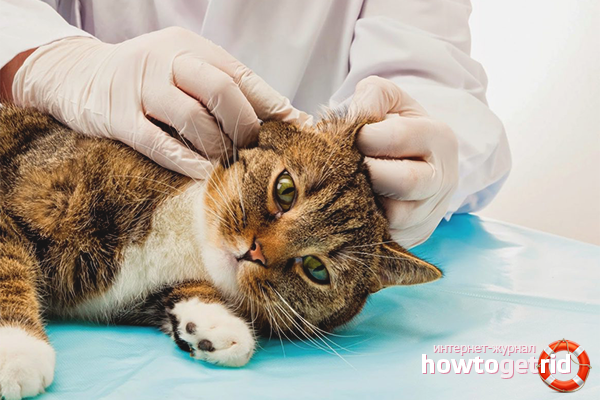





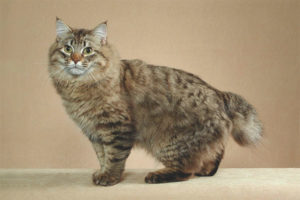
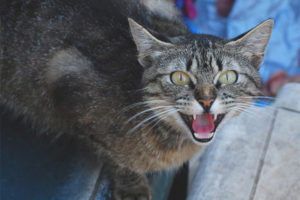
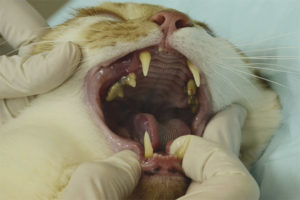
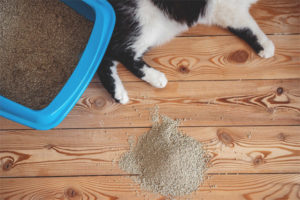
Submit